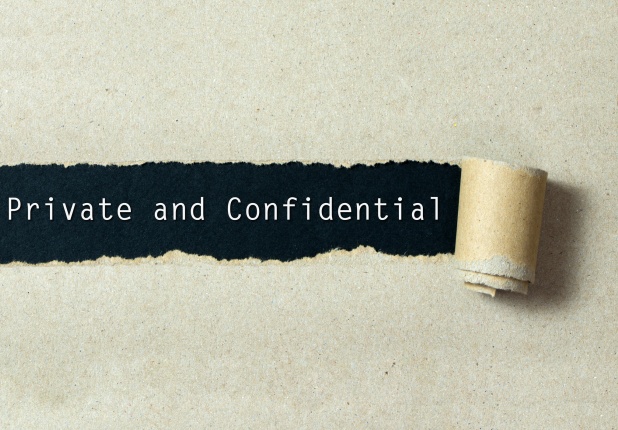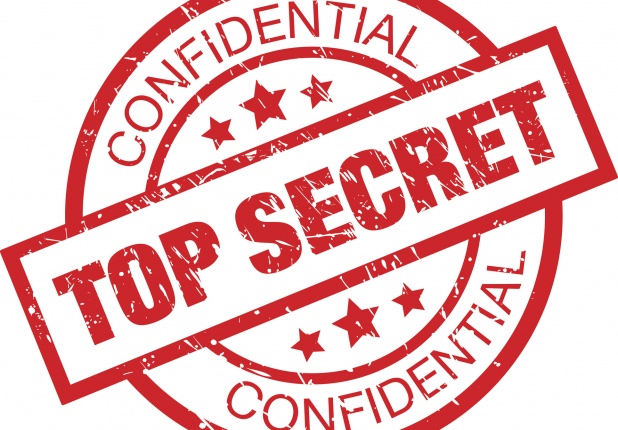E-Discovery Sanctions: 5 Practice Tips for Protecting Your Clients & Your Reputation
This past summer, Kilpatrick Townsend Senior E-Discovery Attorney Katie King participated in an E-Discovery Sanctions webinar, where she shared practice tips to protect your clients and your reputation. Learn more about those tips here.








